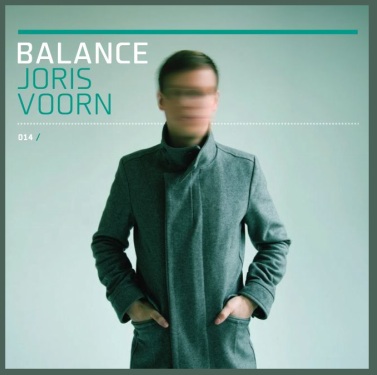Starting anything from nothing can be overwhelming enough to not start it at all. In the art and design world, ideas usually start with a sketch, and if you can’t start a sketch, you’re pretty much stuck.
One of the reasons why artists find it difficult to start on any given piece is because the “canvas” is pure white. Starting with paper that is already gray (of any shade) can help reduce the “fear” of making a mistake and thus increases the artist’s confidence.
A recurring assignment that I have been working on for the past several weeks in Design Drawing I involves sketching twenty objects (of varying types) using proper perspective, gradation, line weight and shadows. One of the challenges that I have faced – and will likely face forever – is deciding what to sketch. Interestingly enough, I’ve found that the shade of the paper helps me feel more confident and allows me to get ideas on paper much more rapidly.
There are times when even lightly shaded paper doesn’t do the trick. You then have to resort to other methods.
Thumbnail sketches are a second option – i.e. smaller, rapid sketches that convey the general concept. I’ve found this to be extremely useful for generating many ideas in a short period of time. Not all ideas will have “merit” but for the remaining that do, it provides a good basis from which to create larger and more refined sketches.
There are times however when you run out of ideas even at the thumbnail “stage”. Excluding the obvious solution – which may very well be to run out to the library or other research outlet to find new inspiration – one idea is to just draw anything, and I mean ANYTHING. Random lines, circles, or any other primitive shape. In a word – scribble! Once you have something down on paper, your brain will naturally start to find “meaning” in what you’ve drawn (more on this concept in a separate post). Think of this concept as a “creativity primer”.
This technique is actually used by many artists, including Nicolas Bouvier (or “SPARTH” as he is better known in the concept design community). His book Structura is an excellent compilation of his concepts, many of which were started from random lines and scribbles that were transformed into truly amazing illustrations. The phrase “building something from nothing” is clearly evident here!
There are of course many other techniques that can help artists and designers increase their idea generation “potential” and give them the confidence to get beyond their fear and START being creative. This “creativity generator” concept is very interesting to me because I feel it has applicability to many other areas outside of the art and design arena.
If you feel that you are struggling getting started with anything – think of how you can apply the “gray paper” concept to that particular challenge. What can you do to help you get over your fear of the unknown? You may not know what is blocking you from moving forward. Therefore, think about the problem in a different way – think about ways to eliminate the barriers vs. thinking about the underlying activity. You may find that this technique allows you to go past the tipping point which will allow you to move forward more easily. If you find another barrier along the way, think of additional ways that can boost your confidence.
Start with the minimum to get the maximum.








